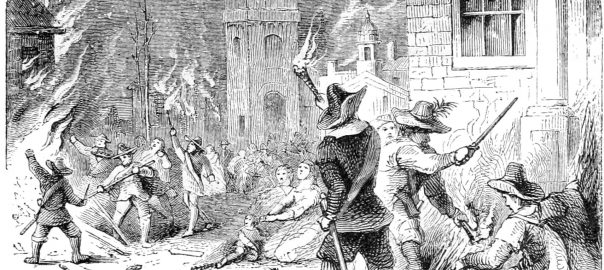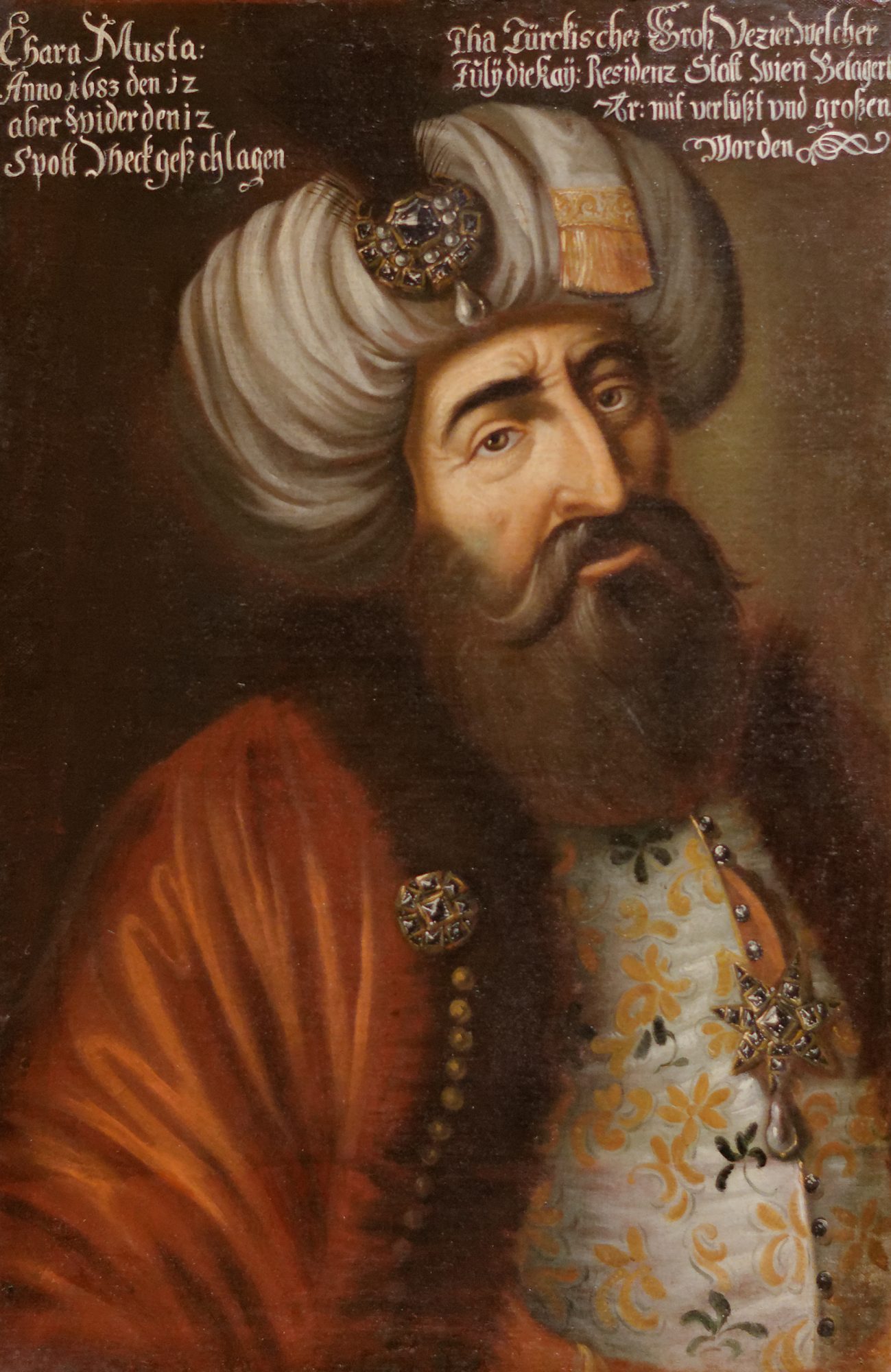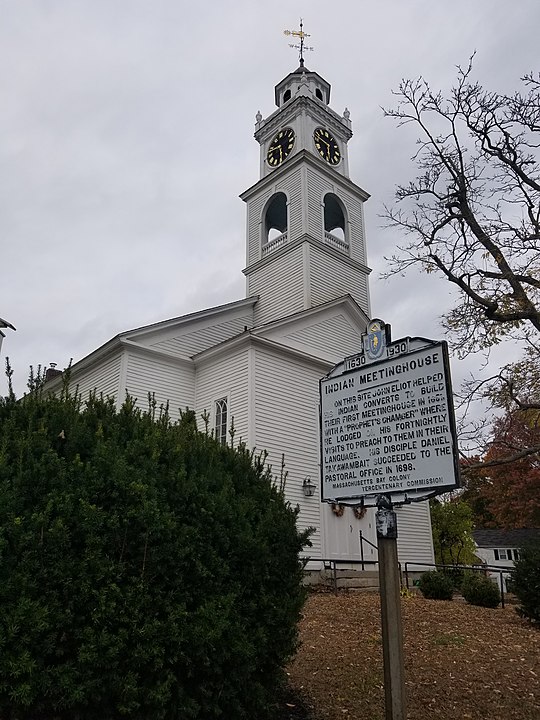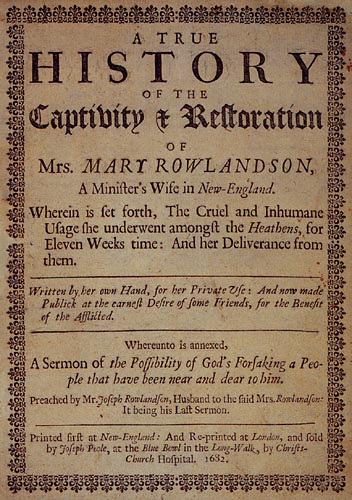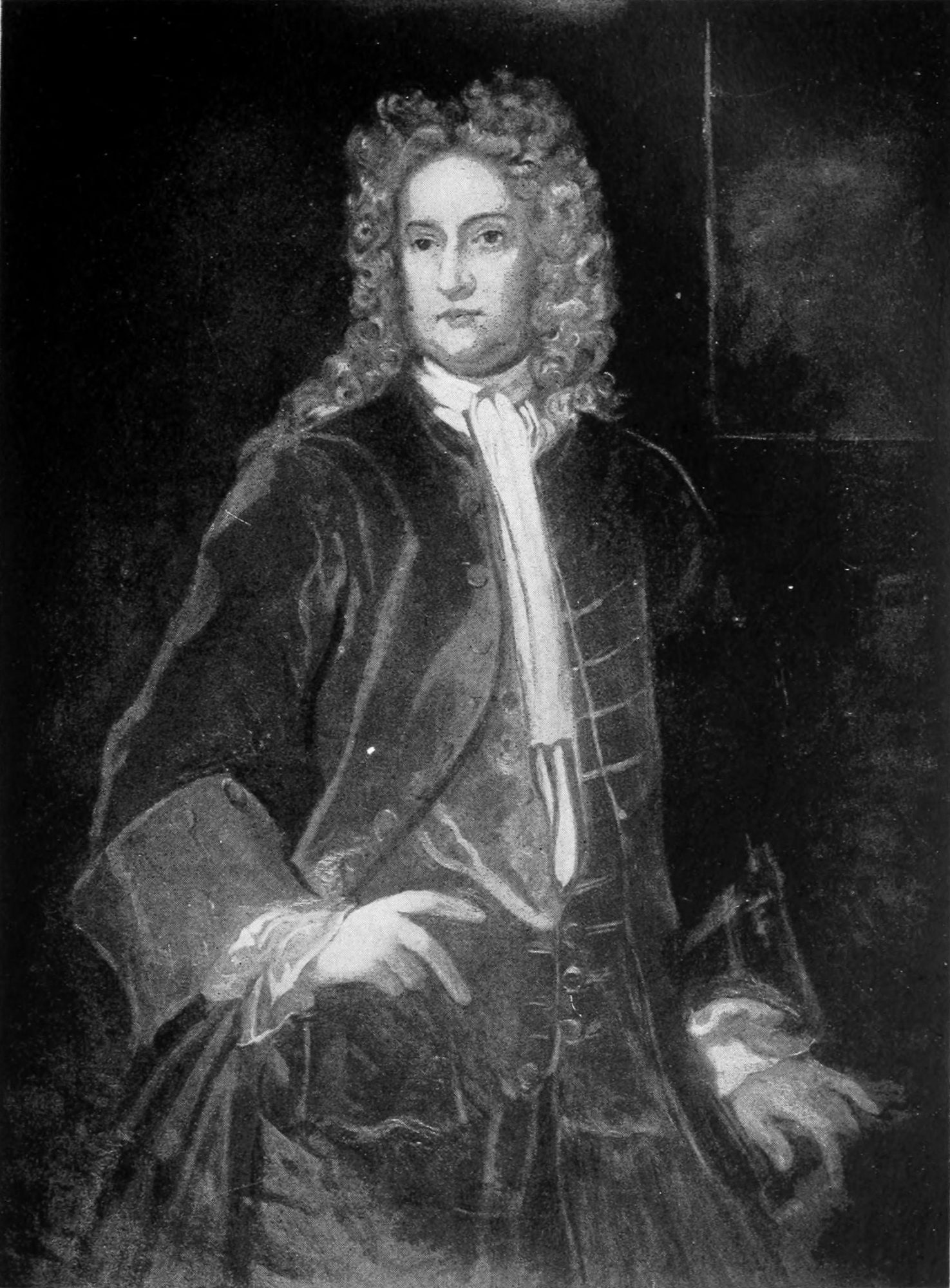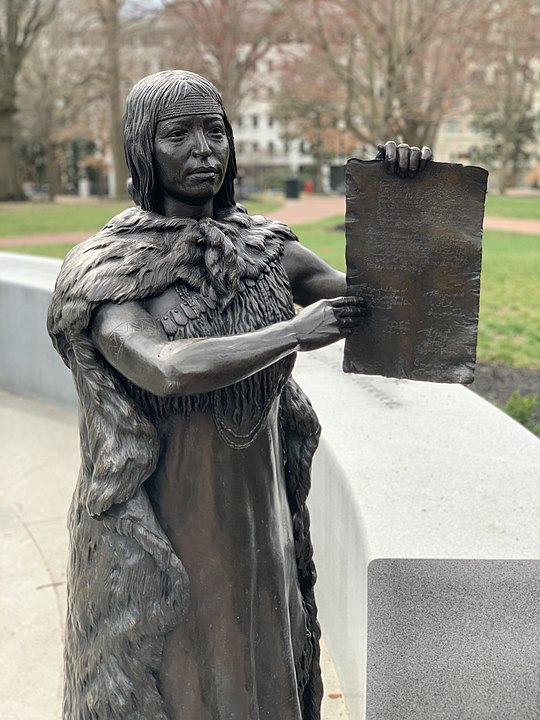(Go straight down to the Bacon’s Rebellion section by clicking here.)
Here we are at 1676 CE. A hundred years hence there will be a somewhat significant Unilateral Declaration of Independence by some European settlers in North America against their colonial metropole, but that is still far in the future. What we had in the English colonies in N. America in 1676 were two very significant, and contradictory, mass rebellions underway. In the northern colonies, the uprising that Wampanoag leader Metacomet had sparked the year before against the ceaseless infringements and violence of the English settler colonialists continued. Meanwhile to the south, in Virginia,in 1676 a settler extremist called Nathaniel Bacon led a violent protest against the colony’s governor and his council, accusing them of being too restrained in their policies toward the Native Americans.
Today’s bulletin will focus on Bacon’s rebellion and some of the notable developments in Metacomet’s Uprising.
But first, in other world news, let’s stay aware of these developments:
- On Europe’s western coast, the war between France and the Dutch UP’s continued. With both of these powers having big ambitions to run global empires (the UPs’ ambitions already having been much more fully realized), the outcome of this war would have wide global repercussions over the years that followed.
- One small aspect of the Franco-Dutch conflict was a sub-conflict over influence in the Southern Baltic, where the UP’s and Denmark were allied against Sweden. (Sweden and Denmark also had ambitions to create transoceanic empires.)
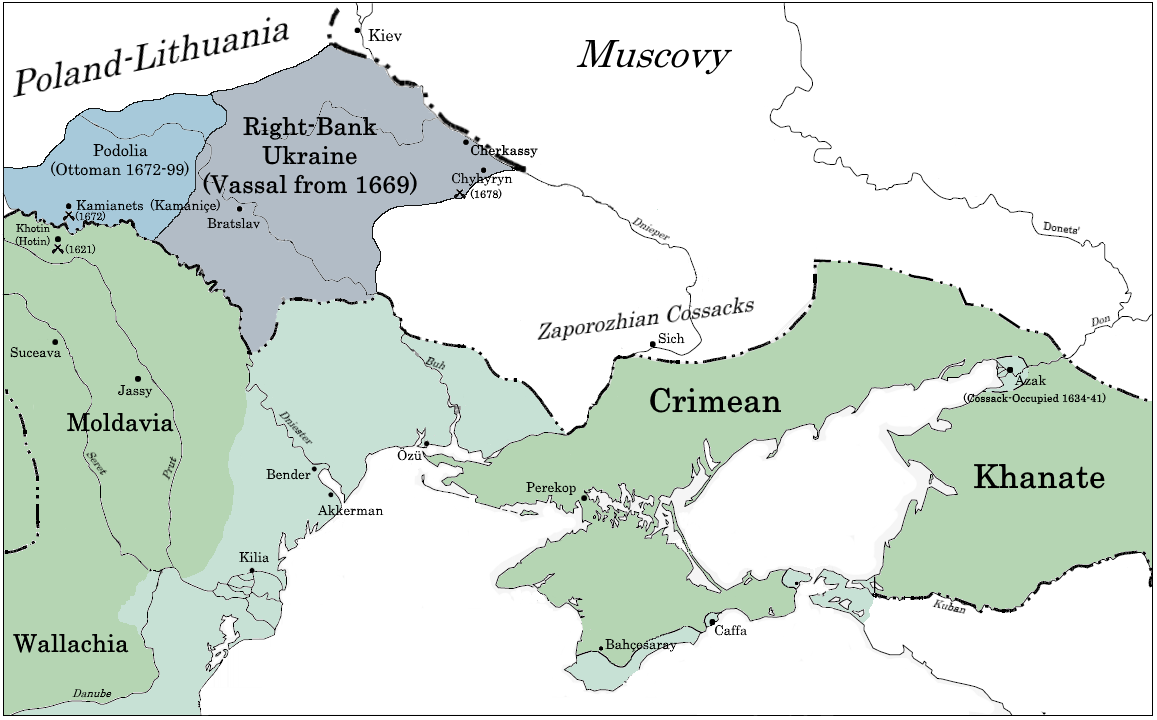
- In the ongoing story of the era’s large land-based empires, the Polish-Ottoman War that had erupted in 1672 was brought to an end with a treaty in which the Polish-Lithuanian Commonwealth ceded control of most its Ukrainian territories to the Ottomans. I believe this was the point at which the Ottomans had their largest land holdings in Europe.
- But that treaty did not sit well with the Ukrainian Cossacks who decided to challenge it and won Russian backing to do so, sparking the Russo-Turkish War of 1676-81.
- And just as that war was starting up, Köprülüzade Fazıl Ahmed Pasha, who had been Grand Vizier in Istanbul for the past fifteen years– during which time the once-young Sultan Mehmet IV had grown up and become and become an adult– died “from complications resulting from his lifestyle of heavy drinking.” He was succeeded by his brother-in-law, Kara Mustafa Pasha, who had commanded the victorious Ottoman troops against Poland.
Notable aspects of Metacomet’s Uprising in 1676
I’m going to take these in no particular order. But if you read yesterday’s bulletin you will know the main, very tragic arc of this uprising, which started in Summer 1675 and ended in Fall 1676 after Metacomet was killed. But there were some aspects of the uprising worthy of a little more note, so here they are:
The “Praying Indians” and their fate
You’ll recall that a handful of the mainly-Puritan English settlers in New England sought to pursue their colonial project not just by grabbing as much land as they could in order to settle as many additional colonists as possible (and also, the enslaved workers they transported here from distant lands)… but also to Christianize the natives.
The “evangelizing” settlers had started out as a small minority. But English-WP tells us this:
In 1646, the General Court of Massachusetts passed an “Act for the Propagation of the Gospel amongst the Indians.” It and the success of Reverend John Eliot and other missionaries preaching Christianity to the New England tribes raised interest in England. In 1649, the Long Parliament passed an ordination forming “A Corporation for the Promoting and Propagating the Gospel of Jesus Christ in New England,” which raised funds to support the cause.
Contributors raised approximately £12,000 to invest in the cause, to be used mainly in the Massachusetts Bay Colony and in New York. Eliot received financial aid from the corporation to start schools to teach the Native Americans. The Indian nations involved appear to have included the Massachusett and the Nipmuc.
It looks as though the evangelizing project got a significant boost during the years of Cromwell’s Commonwealth in England, but the project probably also continued apace even after the monarchy was restored in London in 1660.
WP continues:
Christian Indian Towns were eventually located throughout Eastern and Central Massachusetts and included Littleton (Nashoba), Lowell (Wamesit, initially incorporated as part of Chelmsford), Grafton (Hassanamessit), Marlborough (Okommakamesit), Hopkinton (Makunkokoag), Canton (Punkapoag), Mendon-Uxbridge (Wacentug), and Natick. Only Natick haa retained its original name. Praying Indian Towns started by Eliot extended into Connecticut and included Wabaquasset (Senexet, Wabiquisset), six miles west of the Quinebaug River in present-day Woodstock, the largest of the three northeastern Connecticut praying towns.
So this interests me. It seems the Christianized Natives had to be separated from those members of their nations/tribes who retained their traditional systems of cosmology and ritual. Why??
The next paragraph of the WP page gives some hint of why. It starts out: “The towns had a location that served as an outlying wall of defense for the colony…” This other WP page on the “Praying towns”, as they were called, also tells us that the approach adopted by John Eliot and his fellow-Puritans in New England,
was in strong contrast to the approach of the Catholic Jesuits in Canada. They [the Jesuits] worked to add Christianity to the Natives’ existing beliefs, as opposed to replacing them. They learned Native American languages and found ways to relate Christian principles to their existing religions (as was also done by Catholic missionaries in China.) While some Natives were quick to take on the conversion, some did not like the idea of a full conversion. The process was not always an easy one…
Okay. So these “praying towns” in New England seemed to have a strategic function similar in many ways to that of the reducciones (strategic hamlets) located throughout the Spanish-controlled Americas to which the Jesuits and members of other Catholic religious orders had confined those of the native peoples they had been able to “convert”. It was a way of using “Christianization” to exercise not just mind-control but also physical control over the bodies and actions of the “converted” natives.
You might think that when the colonial governments established these “praying towns” in New England, they might try to treat the towns’ inhabitants pretty well, or at least better than they treated the other, non-Christianized natives?
You’d be wrong. This was what happened in 1675 after Metacomet’s Uprising started:
Praying Indians offered their service as scouts to the colonists in Massachusetts but were rejected by the Puritans in Boston. Instead, Praying Indian residents were first confined to their villages and were thus restricted from their farms and unable to feed themselves. Many were confined on Deer Island in Boston Harbor.
John Eliot and many others in the Plymouth Colony tried to prevent it, but it is reported that it became dangerous in Massachusetts to talk positively [about] any Native Americans… The order for removal was passed in October 1675, and by December, well over 1,000 Christian Indians had been brought to the island. When they were released in 1676, the harsh conditions allowed only 167 to have survived.
The Peskeompscut massacre of May 1676
I learned this about this massacre in English-WP:
Wissantinnewag-Peskeompskut was an established annual fishing encampment along the Connecticut River, where some land had been cleared of dense woods for spring planting and other land leveled to accommodate wetus (domed huts used by Algonquins) on around 300 acres of choice land. At least twice yearly, for thousands of years, people came to Peskeompskut to fish, plant, and harvest food for the year. The Spring of 1676 found this ancestral fishing and planting place more busy than was usual, as King Philip’s War had displaced many from the south and access to food in other areas controlled by the Nipmuc had been destroyed in the conflict. By mid-May 1676, warriors and families of Nipmuc, Narragansett, Wampanoag and Pocumtuc warriors gathered for the fishing runs. As King Philip’s War was ongoing, this year three camps were established. One camp was downriver from the main camp and closer to the conflict areas on what is now “Sneed’s Island”: most of the warriors stayed in that camp. The main camp had women, children, elderly and those focused on farming & fishing. Another camp was across the river from that camp.
By mid-May, 1676, peace talks between the Colony of Connecticut and the Narragansett were in the early stages, with some prisoner releases being made to establish good faith. Some of these releases included those who had been taken captive during an earlier raid on Hatfield. The Connecticut War Council directed the northernmost settlers in Hatfied, Hadley and Northampton to take no aggressive action and… recalled a large part of Captain William Turner’s company, leaving him with “a company of single men, boys and servants”.
On May 13, 1676, some of the warriors camped in Peskeompskut raided nearby farms and carried off 70 cattle and horses. Two days later, some of the recently released [settlers] gave a detailed accounting of the encampment, the fenced cattle area and other intelligence to the local leaders. The settlers resolved to act without the approval of the Connecticut War Council. Captain William Turner and his Lieutenant Samual Holyoke gathered together a company of volunteers from the nearby river towns and prepared to attack the encampment.
Capt. Turner set out with a party of 160 fighters, aiming to overcome a joint-Indigenous defense force estimated at 60-70 fighters.
Then this:
At dawn, the signal was given and Captain Turner’s men began firing into the wetus, some through the exits to insure no escape. “A great and notable slaughter” ensued. Those not killed in the initial fusillade ran away from the men towards the Connecticut River, attempting to cross by canoe or by swimming. Some were heard to yell “Mohawk! Mohawk!” as they fled. The canoes were soon overfilled with the desperate.
Captain Turner’s men lined up along the shoreline and opened fire on both the swimmers and those in the canoes. Some of those not killed by bullets were swept over the falls; others found refuge under overhanging rocks but were also found and killed. “Captain Holyoke killing five, young and old, with his own Hands from under a bank.” He was also credited with “killing four native children with one swipe of his sword”. A survivor reported that “shot came as thick as rain”. Reportedly, over 100 were dead on the shore and around 130 perished in the river. None of Captain Turner’s men were killed by return fire, though one [of them] died as he emerged from a wetu and was shot by friends who thought him a native.
Even though he knew that there were likely warriors around, Captain Turner ordered the destruction of the camp. They burned all the wetus and their contents.They destroyed the stores of dried or smoked fish. They found two blacksmith forges and tools for fixing arms and bullets; they took the blacksmith tools and threw them into the river. They plundered what they could carry and freed an English captive, who informed them that King Philip [= Metacomet] and 1000 warriors were nearby. Around the time of this disclosure, the warriors who had camped elsewhere began a concerted counterattack. An immediate retreat was ordered.
The retreat undertaken by Capt. Turner and his men was ill-organized and chaotic and he was killed in the course of it. WP tells us, citing an Anglo history of the event published in 1863, that “In June, English scouts found places where Captain Turner’s captured men were tortured and burned.”(How did those later Anglo historians know that the bodies of those men had been tortured before being killed and not merely burned after it? Needs explaining or rewriting!) Anyway, the nearby waterfall was named “Turner’s Falls.” Way to go to celebrate a war criminal.
The kidnapping of Mary Rowlandson
Mary Rowlandson was born in Somerset, England in c.1637 and was taken as child to be a settler in Salem, Massachusetts. She later moved to “Lancaster”, Mass., married a Puritan minister there, and had four children, of whom one died young.
WP tells us that this then happened:
At sunrise on February 10, 1676, during [Metacomet’s Uprising], Lancaster came under attack by Narragansett, Wampanoag, and Nashaway/Nipmuc Indians led by Monoco. Rowlandson and her three children, Joseph, Mary, and Sarah, were among those taken in the raid.
Rowlandson’s 6-year-old daughter, Sarah, succumbed from her wounds after a week of captivity.
For more than 11 weeks, Rowlandson and her remaining children were forced to accompany the Indians as they travelled through the wilderness to carry out other raids and to elude the English militia.
The conditions of their captivity are recounted in visceral detail in Rowlandson’s captivity narrative. On May 2, 1676 (New Style calendar), Rowlandson was ransomed for £20, raised by the women of Boston in a public subscription and paid by John Hoar of Concord at Redemption Rock in Princeton, Massachusetts.
Rowlandson’ published her captivity narrative in 1682. It had the title, The Sovereignty and Goodness of God: Being a Narrative of the Captivity and Restoration of Mrs. Mary Rowlandson. WP says of it: “This text is considered a formative American work in the literary genre of captivity narratives. It went through four printings in 1682 and garnered readership both in the New England colonies and in England, leading some to consider it the first American ‘bestseller’.”
WP also notes this:
Although she feared and reviled the Indians, Rowlandson explains that “not one of them ever offered the least abuse of unchastity to me in words or action”, meaning that the Natives never sexually molested or violated her.
Virginia settler N. Bacon leads an anti-Native rebellion
54 years after the dispossessed Powhatans of Virginia had launched a fierce resistance action that burned the early Virginia capital of Jamestown, it was followed by another rebellion: this time, the forces that burned Jamestown were strongly anti-Indian settlers led by one Nathaniel Bacon.
There are two distinct pages on English-Wikipedia that address this rebellion. This one is titled “Bacon’s Rebellion”. And this one is the biography of Nathaniel Bacon himself: it has a sizeable section on the rebellion that in some ways is better than the whole dedicated page for the rebellion.
It is clear from reading both pages that the topic of this rebellion (insurrection?) has seen heavy contestation over the centuries. I guess it also became a “beacon” to some of the settlers who in 1776 would announce their Unilateral Declaration of Independence from the metropole. This section in the “Bacon’s Rebellion” page tells us that, “many in the early United States, including Thomas Jefferson, saw Bacon as a patriot and believed that Bacon’s Rebellion truly was a prelude to the later American Revolution against the control of the Crown.”
Okay, so let’s explore this short-lived but violent and consequential rebellion a little more.
Who was Nathaniel Bacon and what was his rebellion all about? We learn the following from his page on WP:
Bacon was born on January 2, 1647, in Friston Hall in Suffolk, England, to influential landowner parents… Nathaniel was his father’s only son, and had one full sister, and a half-sister by his father’s second wife Martha (Reade), his natural mother having died in 1649 when he was two years old. He was educated at the University of Cambridge… He travelled around Europe (Germany, Italy, Switzerland, France, Netherlands) in 1663-1664 with the celebrated naturalist John Ray… He was admitted to study law at Gray’s Inn in November 1664.
Nathaniel married Elizabeth Duke, the daughter of Sir Edward Duke of Benhall (1604-1671) and his wife Ellenor Panton, reputedly in direct defiance of her father’s veto. After accusations that Nathaniel had cheated another young man of his inheritance, Thomas Bacon gave his son the considerable sum of £1,800 and the young man sailed into exile across the Atlantic. Upon arriving in Virginia, Nathaniel Bacon bought two frontier plantations on the James River. Since his cousin was a prominent militia colonel and friend of governor William Berkeley, Bacon settled in Jamestown, the capital. Soon Bacon was himself appointed to the governor’s council. Berkeley’s wife, Frances Culpeper, may also have been Bacon’s cousin by marriage.
(I have to laugh here. In my mother’s family in 19th century London, there was a beloved uncle Alfred who was a bit of a reprobate, who was accused of making off with the funds of a scientific society of which he was treasurer. In his case, too, the family immediately sent him off to America rather than let justice be served at home. This whole myth of “America” attracting the cream of humankind is so ill-founded.)
So, back to Bacon in Virginia. The Bacon’s Rebellion page on WP tells us that,
Starting in the 1650s, colonists began squatting on Northern Neck frontier [a portion of Virginia’s western shore onto the Chesapeake Bay.] Secocowon (then known as Chicacoan), Doeg, Patawomeck and Rappahannock natives began moving into the region as well and joined local tribes in defending their land and resources. In July 1666, the colonists declared war on them. By 1669, colonists had patented the land on the west of the Potomac as far north as My Lord’s Island (now Theodore Roosevelt Island in Washington, DC). By 1670, they had driven most of the Doeg out of the Virginia colony and into Maryland—apart from those living beside the Nanzatico/Portobago in Caroline County, Virginia.
The Nathaniel Bacon page tells us this:
Before the “Virginia Rebellion” (as it came to be called) began in earnest in 1674, some freeholders on the Virginia frontier demanded that Native Americans, including those in friendly tribes living on treaty-protected lands, should be driven out or killed. The combined distaste for the Indian population of Virginia is a very under discussed catalyst of Bacon’s Rebellion, as the rebellion was equally about “violently [displacing] Indians” and “[exploiting] that hatred” as it was about British frontier policy. They also protested against corruption in the government of Governor Berkeley, which has been described as “incorrigibly corrupt, inhumanely oppressive, and inexcusably inefficient, especially in war”.
In the months preceding the outbreak of the rebellion (which in reality was in June 1676) there had been a number of conflicts between the Native Americans and settlers in both Virginia and Maryland. By 1676, Governor Berkeley was worried. The Nathaniel Bacon page tells us this:
Seeking to avoid a larger conflict similar to King Philip’s War [= Metacomet’s Uprising] in New England, Berkeley advocated containment, proposing the construction of several defensive fortifications along the frontier and urging frontier settlers to gather in a defensive posture. Frontier settlers dismissed the plan as expensive and inadequate, and also suspected that it might be a pretext for raising tax rates.
In the meantime, Bacon, whose overseer on a James River plantation had been killed by Indian raiders, emerged as a rebel leader. When Berkeley refused to grant Bacon a military commission to attack all Indians, Bacon mustered his own force of 400–500 men and moved up the James River to attack the Doeg and Pamunkey tribes. Although both had generally lived peaceably with the colonists, and had not attacked the frontier settlements, their cultivated lands were valuable.
Berkeley had also, earlier, tried to get the queen of the Pamunkey, Cockacoeske, to make good on an earlier agreement the Pamunkeys had made to provide him with trained fighters upon request. But this was her response: “[Q]queen Cockacoeske passionately reminded the Governor’s Council of the deaths 20 years ago of her husband and 100 warriors whom they had provided in a similar situation.” (Actually, the account that Queen Cockacoeske’s page gives of this encounter is much more vivid. Check it out!)
Anyway, the Nathaniel Bacon page continues with this:
Berkeley did arrest Bacon and remove him from the council, but Bacon’s men quickly secured his release, and forced Berkeley to hold legislative elections. Meanwhile, Bacon’s men continued their offensive against the Pamunkeys, who fled into Dragon Swamp. When the friendly Occoneechee managed to capture a Susquehannock fort, Bacon’s forces demanded all the spoils, although they had not assisted in the fighting. They then attacked the Oconeechee by treachery, killing men, women and children.
(And that’s how you treat “friendlies”?)
His page continues with this:
Despite Bacon’s outlaw status, voters of Henrico County elected him to the recomposed House of Burgesses. That body enacted a number of sweeping reforms, limiting the governor’s powers and restoring suffrage rights to landless freemen. They also made the sale of any arms to any Indian punishable by the death penalty. Bacon’s followers were unmollified, accusing Berkeley of refusing to authorize retaliation against natives to protect his own fur-trading investments and the monopolies which he had granted to his favorites. After a number of verbal altercations, including a quarrel in a Jamestown street, Berkeley retreated to his plantation and signed the military commission Bacon demanded. Scouting parties accordingly set out to requisition supplies, as well as to kill and enslave Indians, prompting protests from citizens of Gloucester County who were subject to the militia’s exactions. Bacon’s forces retreated to Middle Plantation (later renamed Williamsburg).
On July 30, 1676, Bacon and his makeshift army issued a Declaration of the People, which criticized Berkeley’s administration, accusing him of levying unfair taxes, appointing friends to high positions, and failing to protect outlying farmers from Indian attack. They also issued a ‘Manifesto’ urging the extermination of all Indians, asserting that they did not deserve legal protections because they “have bin for these Many years enemies to the King and Country, Robbers and Thieves and Invaders of his Majesty’s Right and our Interest and Estate”. Months of conflict ensued, including a naval attempt across the Potomac and in Chesapeake Bay by Bacon’s allies to capture Berkeley at Accomac. Bacon himself focused on the Pamunkey in Dragon Swamp; his forces seized 3 horse-loads of goods, enslaved 45 Indians and killed many more, prompting the queen Cockacoeske (who narrowly escaped with her son) to throw herself on the mercy of the Governor’s Council. Berkeley raised his own army of mercenaries on the Eastern Shore, and also captured Bacon’s naval allies and executed the two leaders. Bacon’s forces then turned against the colony’s capital, burning Jamestown to the ground on September 19, 1676.
Before an English naval squadron could arrive, Bacon died of dysentery on October 26, 1676. Although John Ingram took control of the rebel forces, the rebellion soon collapsed. Governor Berkeley returned to power, seizing the property of several rebels and ultimately hanging twenty-three men, many without trial. After an investigative committee returned its report to King Charles II, criticizing both Berkeley and Bacon for their conduct toward friendly tribes, Berkeley was relieved of the governorship, returned to England to protest, and died shortly thereafter.
But we can get more details about the aftermath of the rebellion on the Bacon’s Rebellion page:
After an investigative committee returned its report to King Charles II, Berkeley was relieved of the governorship and recalled to England. “The fear of civil war among whites frightened Virginia’s ruling elite, who took steps to consolidate power and improve their image: for example, restoration of property qualifications for voting, reducing taxes, and adoption of a more aggressive American Indian policy.” “Because the tobacco trade generated a crown revenue of about £5–£10 per laboring man, King Charles II wanted no rebellion to distract the colonists from raising the crop.” Charles II was reported to have commented, “That old fool [Berkeley] has put to death more people in that naked country than I did here for the murder of my father.” No record of the king’s comments have been found; the origin of the story appears to have been colonial myth that arose at least 30 years after the events; the king prided himself on the clemency he had shown to his father’s enemies. Berkeley left his wife, Frances Berkeley, in Virginia and returned to England; she sent a letter to let him know that the current governor was making a bet that the king would refuse to receive him. However, William Berkeley died in July 1677, shortly after he landed in England.
Indentured servants both black and white had joined the frontier rebellion. Seeing them united in a cause alarmed the ruling class. Historians believe the rebellion hastened the hardening of racial lines associated with slavery, as a way for planters and the colony to control some of the poor.
In order for the Virginia elite to maintain the loyalty of the common planters in order to avert future rebellions, they “needed to lead, rather than oppose, wars meant to dispossess and destroy frontier Indians.” This bonded the elite to the common planter in wars against Indians, their common enemy. It also enabled the elites to appease free whites with land. “To give servants greater hope for the future, in 1705 the assembly revived the headright system by promising each freedman fifty acres of land, a promise that obliged the government to continue taking land from the Indians.“
So though Bacon had died and his eponymous rebellion had fizzled,the cause for which he raised his flag was victorious. Many more Native Americans would be uprooted in the decades following his death.
By the way, the banner image at the top here is a 19th century depiction of Bacon’s burning of Jamestown.
